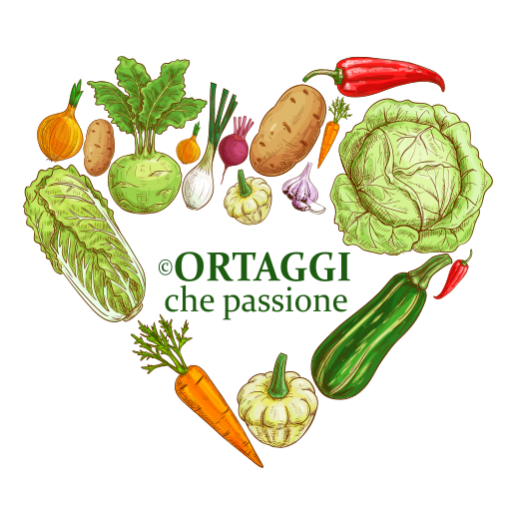Wild chicory (or field chicory) is a spontaneous herb, common in fields and along roadsides. It is recognized by its long green leaves and especially by its blue flowers that bloom in summer. It is known for its bitter taste, appreciated in cuisine. It can be eaten raw in salads or cooked in various dishes, and it’s a great ally for a healthy and natural diet.
Beware, there are also poisonous varieties of chicory.
Field chicory: how to recognize it from the flower image 👇
PROPERTIES
Dr. Lo Vuolo says: “Wild chicory is rich in vitamin A, C, and essential minerals such as manganese, potassium, magnesium, and calcium. It should be noted that many of these properties can be lost in dilution in cooking water, so it’s advisable to steam wild chicory. It contains a fair concentration of non-vitamin phytotherapeutic molecules, such as polyphenols – antioxidants. Moreover, it contains a good amount of fiber, which promotes intestinal regularity and a sense of satiety. It is a useful natural remedy for slow and difficult digestion, heavy liver, water retention, and constipation.“
Harvesting period of #wild chicory (#chicory) from March to November depending on the edible variety.
RECIPES with chicory

- Difficulty: Easy
- Cost: Economical
- Preparation time: 5 Minutes
- Portions: 2People
- Cooking methods: Stovetop
- Cuisine: Healthy
- Seasonality: Spring, Summer, and Fall
- Energy 34.00 (Kcal)
- Carbohydrates 8.00 (g) of which sugars 0.00 (g)
- Proteins 1.80 (g)
- Fat 0.20 (g) of which saturated 0.05 (g)of which unsaturated 0.09 (g)
- Fibers 6.20 (g)
- Sodium 4.02 (mg)
Indicative values for a portion of 165 g processed in an automated way starting from the nutritional information available on the CREA* and FoodData Central** databases. It is not food and / or nutritional advice.
* CREATES Food and Nutrition Research Center: https://www.crea.gov.it/alimenti-e-nutrizione https://www.alimentinutrizione.it ** U.S. Department of Agriculture, Agricultural Research Service. FoodData Central, 2019. https://fdc.nal.usda.gov
Wild chicory. How to cook it?
- 2 heads chicory (wild)
- as needed water
Tools
- Pressure Cooker
- Frying Pan
Boiled Wild Chicory
CLEAN
Wash the leaves thoroughly under running water to remove dirt and impurities.
COOKING TIME (boiling)
🍀 Steam in a pressure cooker: in 3-5 minutes from the classic whistle.
🍀 Boil in a pot: in already boiling salted water for about 10 minutes, or until the leaves are tender but still firm.
🍀 Cook in a frying pan: with a little water and chopped for about 10 minutes.
SEASON
Serve the boiled chicory seasoned with a drizzle of extra virgin olive oil, lemon (or orange) juice, garlic, and/or chili pepper.
🍀🍀🍀🍀
RAW
🍀 In salads, paired with sweet ingredients like nuts, apples, or cheese to balance the bitterness.
COOKED
🍀 Sautéed in a frying pan with garlic, oil, and chili pepper.
🍀 Boiled and seasoned with oil and lemon.
🍀 In soups or stews.
STUFFINGS
🍀 As filling for omelets, savory pies, or cannelloni.
SIDE DISHES
🍀 Stewed with tomato and/or onion.
🍀 Au gratin in the oven with béchamel and/or cheese.
CONDIMENTS
🍀 Blended to create sauces or pestos.
STORING boiled wild chicory
Store in the refrigerator for a maximum of 3 days.
To freeze, place it in freezer bags and consume it within 2 months, thaw it in the fridge before using it.
Different types of EDIBLE CHICORY
🍀 Wild chicory (described above): with green leaves and blue flowers, bitter taste.
🍀 Radicchio: with red or variegated leaves, crunchy and slightly bitter, ideal for salads or cooking.
🍀 Catalonia chicory: with long, narrow leaves, often used in soups or sautéed.
🍀 Brussels chicory (Witloof): with white, compact sprouts, known as “Belgian endive“, excellent raw or grilled.
🍀 Puntarelle (asparagus chicory): tender, crunchy sprouts of Catalonia chicory, typical of Roman cuisine, often in salads with anchovy sauce.
FAQ (Questions and Answers)
When is wild chicory harvested?
Wild chicory can be harvested all year round, but the best period is spring (March-May), when the leaves are more tender and less bitter. During this period, the characteristic blue flowers also bloom, helping to recognize it and distinguish it from poisonous herbs. In autumn (September-October), new leaves grow back.
In summer, wild chicory offers splendid blue flowers, perfect for decorating dishes and adding a touch of color and originality to salads, desserts, or appetizers. A natural and edible decoration!What is the difference between chicory and dandelion?
Chicory and dandelion (or lion’s tooth) are often confused, but they have evident differences:
Leaves: chicory has longer and less jagged leaves, while dandelion has toothed, rosette-shaped leaves.
Flowers: chicory has blue flowers, dandelion has yellow flowers that become fluffy “puffs”.
Taste: chicory is more bitter, dandelion has a milder and slightly sweet taste.
Both are edible and rich in beneficial properties!When should you not eat chicory?
It’s best to avoid eating chicory if you have digestive problems or gastritis, as its bitter taste can excessively stimulate gastric juice production, causing discomfort. Additionally, those suffering from gallstones or allergic to plants in the Asteraceae family (such as chamomile or daisy) should consult a doctor before consuming it.

